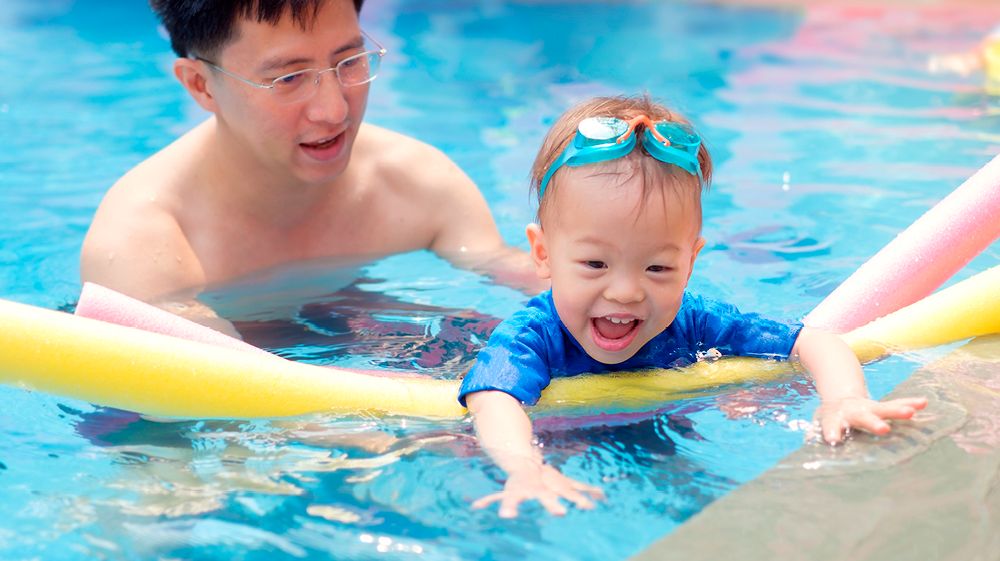- Know that pools aren’t the only risk. Use caution near any water where a child's face can be submerged
- Understand the different risks posed by
- Where the water is – in a pool, pond, lake, river, beach, or somewhere else
- How clean the water is
- How hot or cold the water is
- What other hazards – like rip tides, rip current, or aquatic life – might be there
- Use US Coast Guard (USCG)-approved lifejackets or Type 1 lifejackets. Don’t rely on water wings, inflatable swim rings, or other floaties not labeled USCG approved.
- Watch your little ones at all times. Lifeguards can help reduce risk, too
- Learn to identify the types of US Coast Guard-certified approved floatation devices.
- Read the facility rules at your local pool
- Introduce your kids to Josh the Otter
- Read Take a Breath, Seth to your little ones

![]()
Drowning is the leading cause of death for 1- to 4-year-olds in the
U.S. – but it doesn’t have to be.
How to prevent accidents
What you can do now
How to learn more

